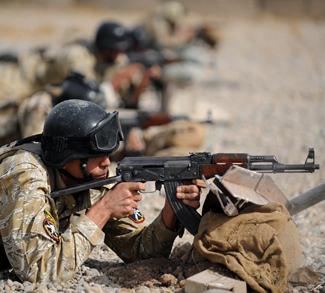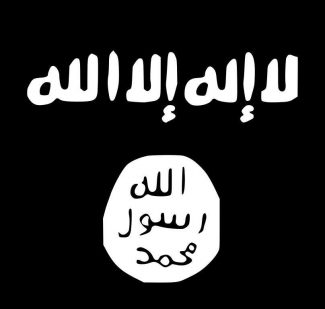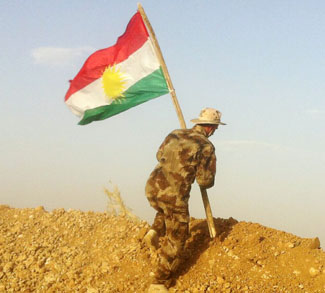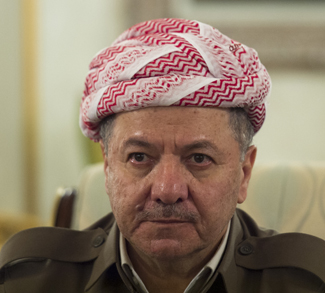Summary
After a long build-up, the noose is finally tightening on ISIS-held Mosul.
A force of approx. 35,000 government troops, Sunni tribal fighters, Kurdish troops, and Shia paramilitaries are slowly encircling the city, which is estimated to hold around 5,000 Islamic State militants.
This is a potential turning point in the Iraqi civil war, and it has been preceded by slow, painstaking preparations on the part of all stakeholders, including the humanitarian agencies that will grapple with the human fallout of the city’s liberation. The stakes are obviously high here – not just for the government in Baghdad, but for Washington as well.
But will these preparations be enough?
Impact
Mounting attrition within Islamic State. The campaign comes at a time when Islamic State is reeling on several fronts. The militant group has lost over a quarter of the territory it once held, and its old supply lines of both materiel and, more critically, new recruits have been completely cut off since the border town of Manbij fell north of Raqqa in August. The net result of this has been a slow drain in manpower and resources, one that is sapping the group’s fighting strength. There have also been various reports of ISIS movements away from the periphery and towards Raqqa, likely in anticipation of more losses and perhaps even the final battle promised in the group’s teachings.




